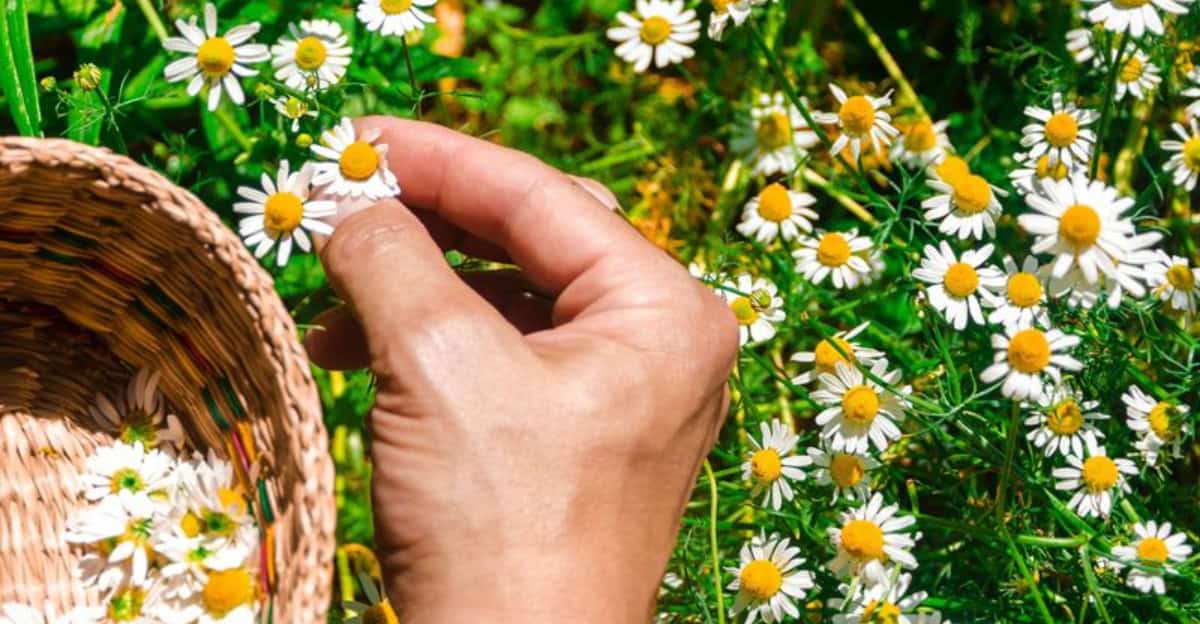Creating a soothing herbal garden with chamomile is both rewarding and therapeutic. Chamomile, known for its calming properties, adds beauty and tranquility to any outdoor space.
Here, we offer 10 essential tips to successfully grow chamomile in your garden, ensuring a lush, fragrant harvest.
1. Choose the Right Location
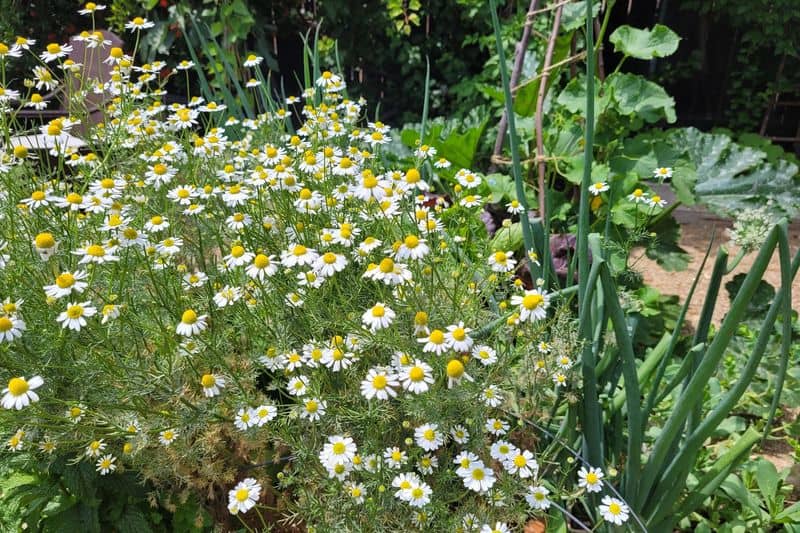
Chamomile thrives in well-drained soil with access to full sun, though it tolerates partial shade. Consider planting in a location that receives at least 4 to 6 hours of sunlight daily.
Avoid overly wet areas to prevent root rot. Ensure your chosen spot blends seamlessly with your garden’s design.
2. Prepare the Soil
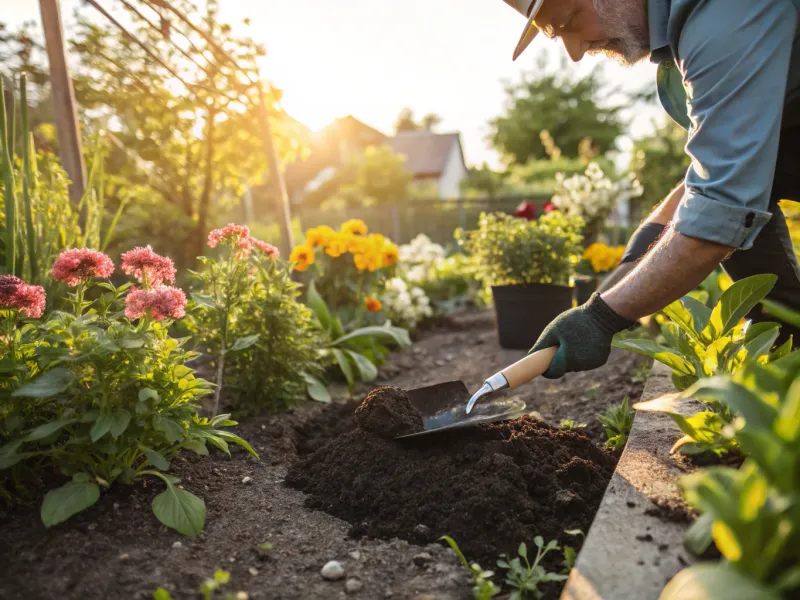
Enrich the soil with organic matter before planting chamomile. Incorporating compost or well-rotted manure improves drainage and nutrient content. Aim for slightly acidic to neutral pH levels.
Preparing the soil adequately ensures robust plant growth and enhances the chamomile’s natural aroma, inviting beneficial insects into your garden.
3. Select the Right Variety
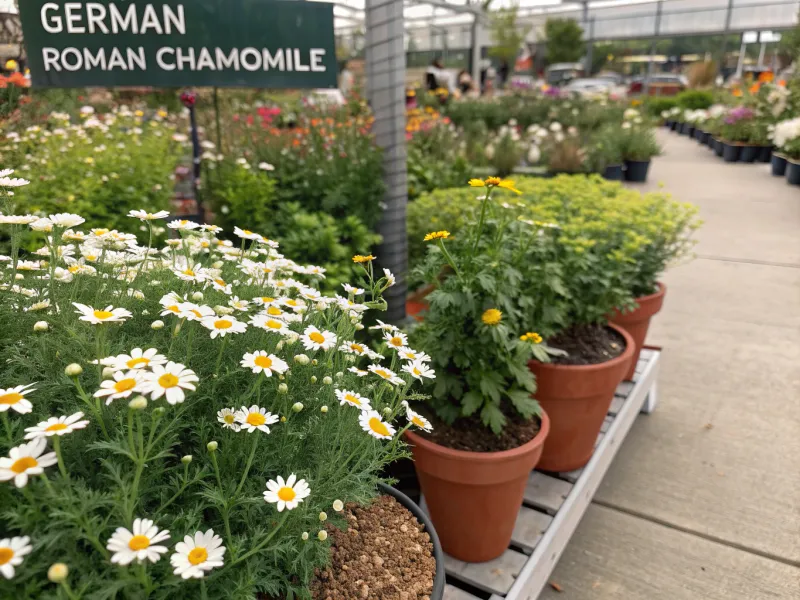
Choose between German chamomile, an annual, and Roman chamomile, a perennial. German chamomile grows taller and is often used for tea.
Roman chamomile acts as a ground cover. Selecting the right variety depends on your garden’s needs and your purpose for growing these fragrant herbs.
4. Water Wisely
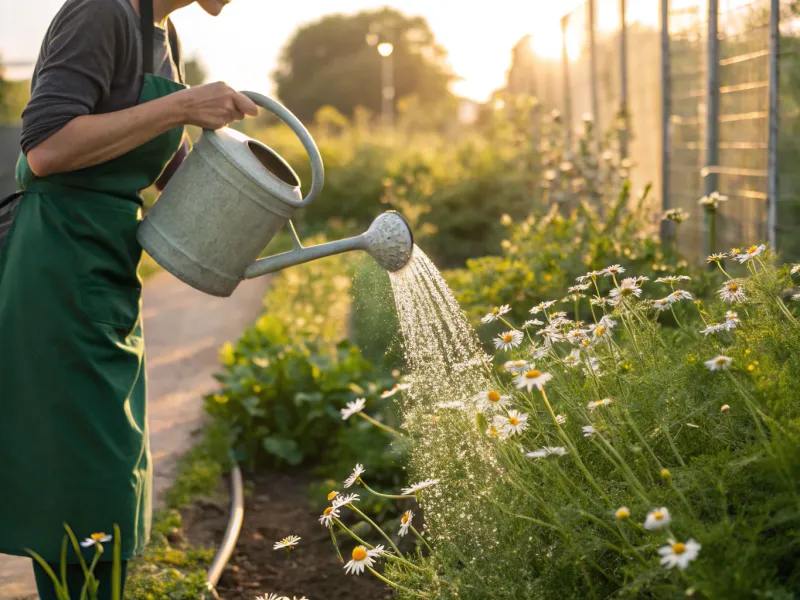
Water chamomile moderately, allowing the soil to dry between waterings. Overwatering can cause root rot, so focus on soil moisture rather than a fixed schedule.
Early morning watering is ideal, reducing evaporation and allowing leaves to dry by evening. Adjust watering habits with changing weather conditions.
5. Mulch for Moisture
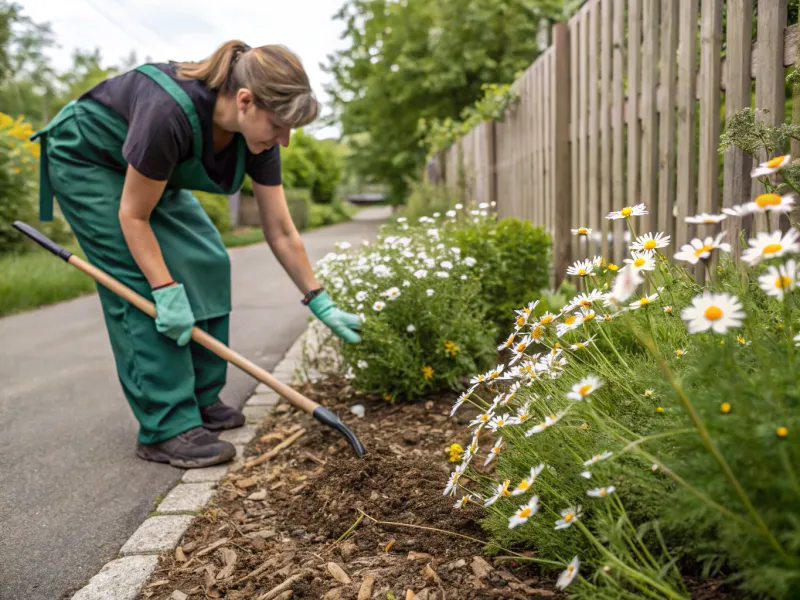
Apply organic mulch around chamomile plants to retain soil moisture and suppress weeds. Mulching keeps roots cool during hot weather and reduces the need for frequent watering.
Use natural materials like straw, grass clippings, or wood chips. Regular mulching supports healthier growth and a tidier garden appearance.
6. Prune Regularly
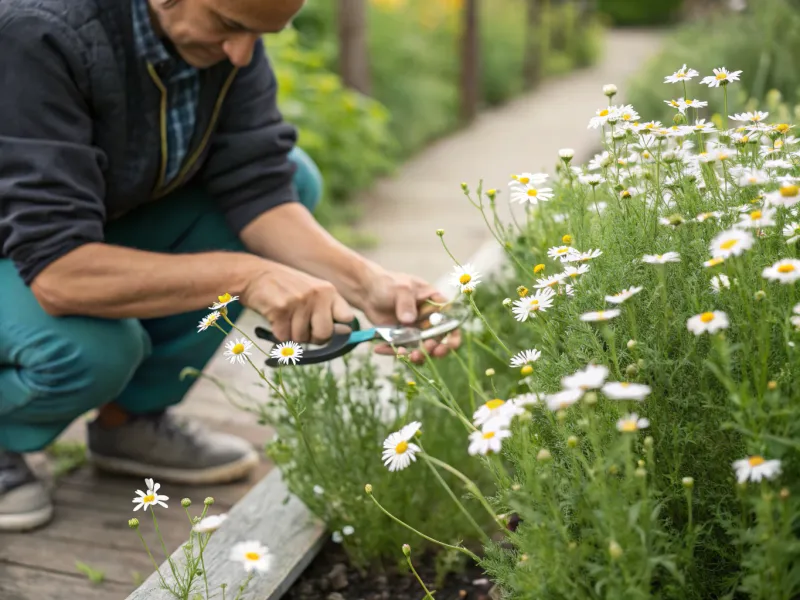
Regular pruning encourages bushier growth in chamomile plants. Trim spent flowers to extend flowering periods and enhance aesthetic appeal. Remove dead or diseased stems to maintain plant health.
This practice not only promotes vigorous growth but also ensures a continuous supply of blossoms for harvesting.
7. Protect from Pests
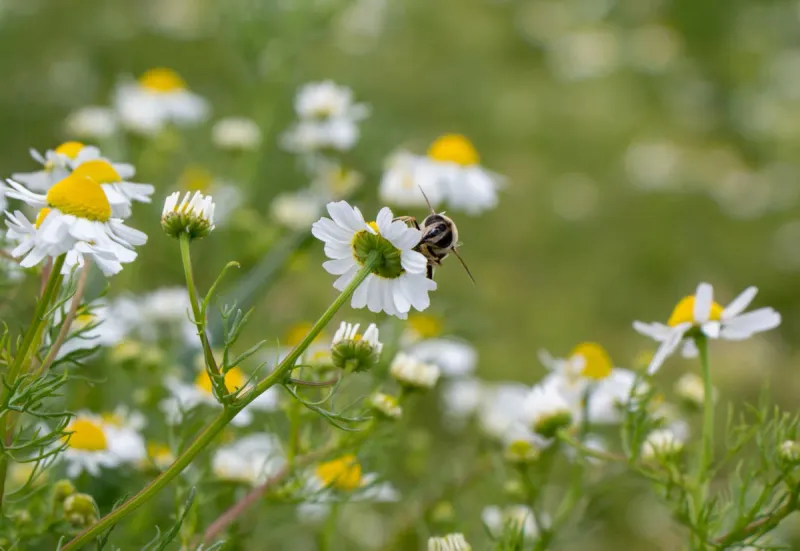
Chamomile is relatively pest-resistant, but aphids and thrips can still pose problems. Introduce companion plants like marigolds and basil to deter pests naturally.
Regularly inspect for signs of infestation. If necessary, use organic pest control methods, ensuring your chamomile remains chemical-free and healthy.
8. Harvest at the Right Time
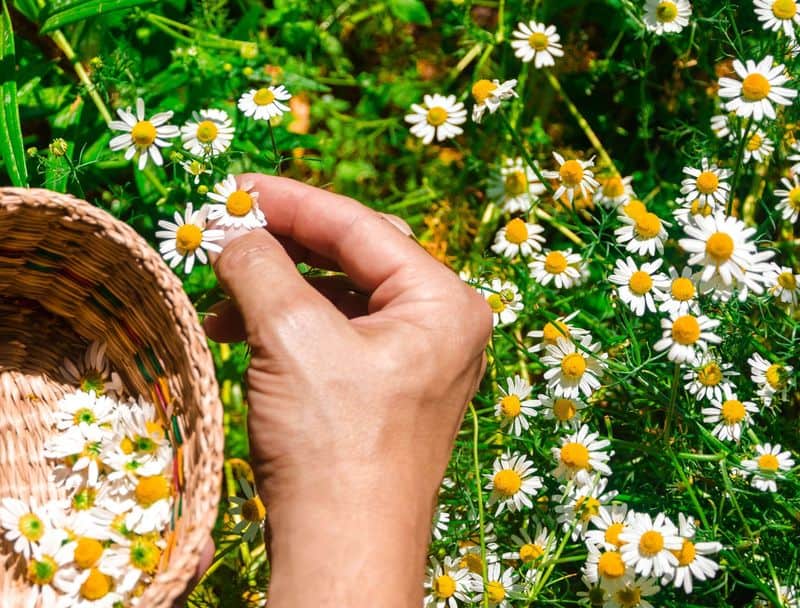
Harvest chamomile flowers when they’re fully open, ideally in the morning after dew dries. Use sharp scissors to avoid damaging stems.
Regular harvesting encourages more blooms and prevents self-seeding. Dry harvested flowers in a well-ventilated area for use in teas or potpourris, extending the herb’s soothing benefits.
9. Dry Chamomile Properly
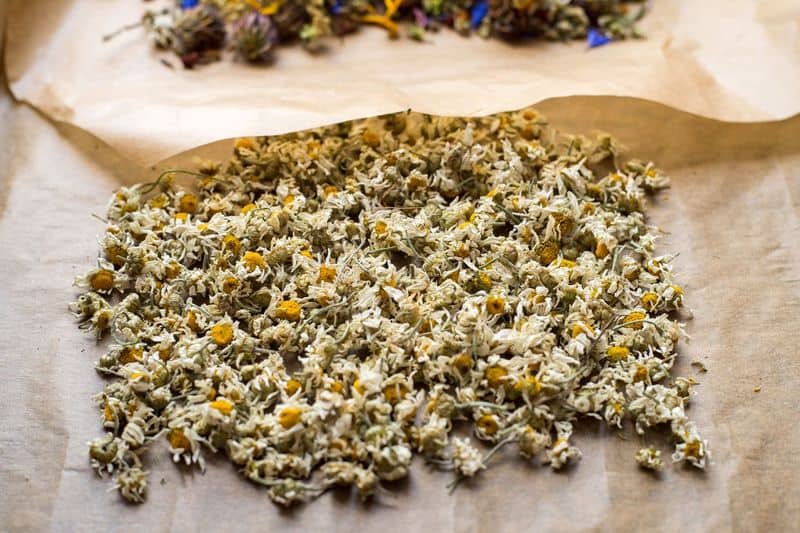
Dry chamomile flowers in a ventilated, shaded area to preserve their fragrance and medicinal qualities. Spread flowers evenly on a drying rack, ensuring adequate air circulation.
Avoid direct sunlight during the drying process. Once dried, store flowers in airtight containers to maintain their calming essence throughout the year.
10. Use Chamomile Creatively
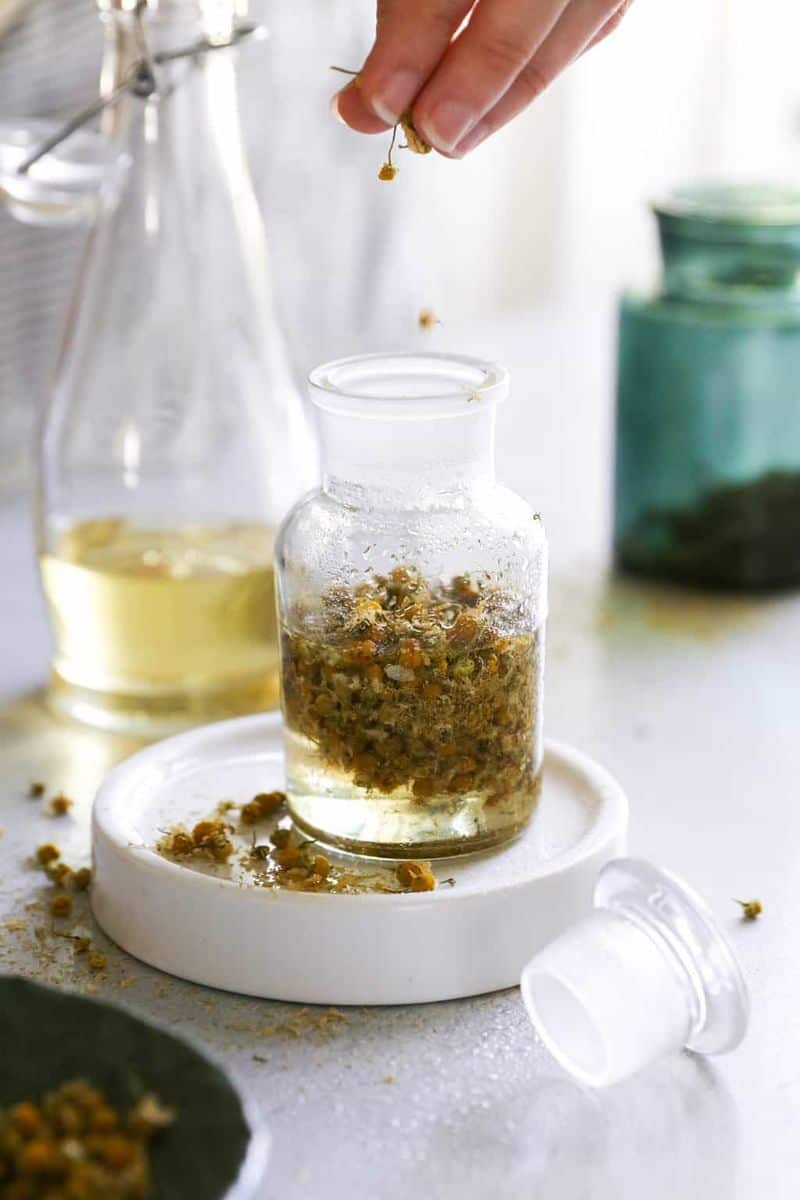
Explore chamomile’s versatility beyond the garden. Create fragrant teas, soothing baths, or aromatic sachets. Infuse chamomile into skincare products for natural healing properties.
This herb’s calming influence extends into everyday life, offering relaxation and wellness through simple, creative uses. Enjoy chamomile’s charm in various delightful forms.

